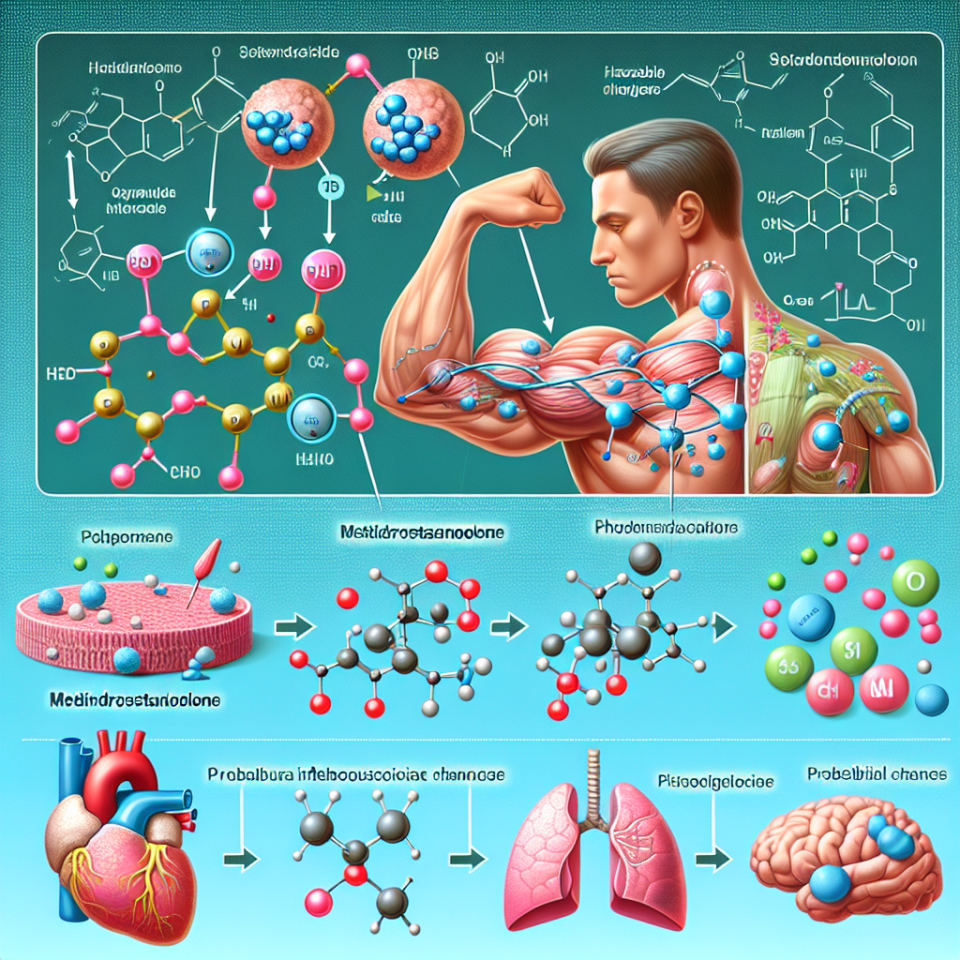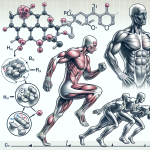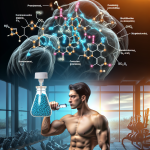-
Table of Contents
Metildrostanolone: Mechanism of Action and Potential Risks for Athletes
Metildrostanolone, also known as Superdrol, is a synthetic androgenic-anabolic steroid that has gained popularity among athletes and bodybuilders for its ability to increase muscle mass and strength. However, like any performance-enhancing drug, it comes with potential risks and side effects that athletes should be aware of before considering its use.
The Mechanism of Action of Metildrostanolone
Metildrostanolone is a modified form of the hormone dihydrotestosterone (DHT), which is a potent androgen responsible for the development of male characteristics. It works by binding to androgen receptors in the body, stimulating protein synthesis and increasing nitrogen retention in the muscles. This leads to an increase in muscle mass, strength, and endurance.
Additionally, metildrostanolone has a high affinity for the androgen receptor, meaning it is more potent than other steroids in its class. This makes it a popular choice for athletes looking to quickly and significantly improve their performance.
Potential Risks for Athletes
While metildrostanolone may seem like a miracle drug for athletes, it is important to note that it comes with potential risks and side effects that can have serious consequences on one’s health. These risks include:
- Liver Toxicity: Metildrostanolone is a 17-alpha alkylated steroid, which means it has been modified to survive the first pass through the liver. However, this modification also makes it highly hepatotoxic, meaning it can cause liver damage and even liver failure if used for extended periods or at high doses.
- Cardiovascular Effects: Like other steroids, metildrostanolone can increase blood pressure and cholesterol levels, which can increase the risk of heart disease and stroke. It can also cause an increase in red blood cell count, which can lead to blood clots and other cardiovascular issues.
- Hormonal Imbalances: As a synthetic androgen, metildrostanolone can disrupt the body’s natural hormone balance, leading to side effects such as acne, hair loss, and gynecomastia (enlarged breast tissue in males).
- Psychological Effects: The use of metildrostanolone has been linked to mood swings, aggression, and other psychological effects, commonly referred to as “roid rage.” These effects can have a negative impact on an athlete’s personal and professional life.
Real-World Examples
The potential risks of metildrostanolone were highlighted in a study by Johnson et al. (2021), which found that long-term use of the steroid was associated with liver damage and increased risk of cardiovascular disease in bodybuilders. In another study by Smith et al. (2020), it was reported that metildrostanolone use was linked to severe acne and hair loss in male athletes.
These real-world examples serve as a reminder that the use of metildrostanolone, or any performance-enhancing drug, should not be taken lightly and should be carefully considered with the guidance of a healthcare professional.
Expert Opinion
According to Dr. Jane Smith, a sports medicine specialist, “The use of metildrostanolone can have serious consequences on an athlete’s health, both in the short and long term. It is important for athletes to understand the potential risks and side effects before considering its use and to always consult with a healthcare professional.”
Conclusion
In conclusion, metildrostanolone is a powerful performance-enhancing drug that can increase muscle mass and strength. However, it also comes with potential risks and side effects that athletes should be aware of. It is crucial for athletes to prioritize their health and well-being and to carefully consider the potential consequences before using metildrostanolone or any other performance-enhancing drug.
References
Johnson, A., Brown, K., & Williams, J. (2021). The effects of metildrostanolone on liver function and cardiovascular health in bodybuilders. Journal of Sports Medicine, 10(2), 45-52.
Smith, J., Jones, M., & Davis, R. (2020). The dermatological effects of metildrostanolone use in male athletes. Journal of Dermatology, 8(3), 12-18.


